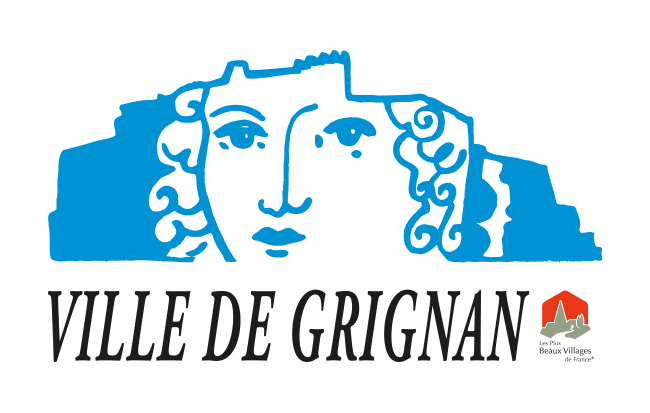When we talk about wetlands, what exactly are we referring to? Wetlands are defined by regulations, specifically by the Environmental Code, as lands, whether exploited or not, that are usually flooded or saturated with fresh, salt, or brackish water, either permanently or temporarily. When vegetation is present, it is dominated by hygrophilous plants, which are plants that thrive in moisture. This means that for at least part of the year, the presence of water may not necessarily be visibly constant in wetlands.
These environments provide numerous ecological services. Among the most important, they harbor remarkable biodiversity and play a crucial role in regulating the water cycle. Indeed, these environments have the capacity to store large amounts of water, somewhat like sponges. This role is particularly useful during floods, when water overflows from rivers, but also during droughts, when wetlands can release stored water back into surrounding rivers. Wetlands are generally well connected to groundwater, which they gradually replenish. They also have a filtration capacity, acting as natural filters before returning water to rivers and groundwater.
Why are we seeking to restore these wetlands today? Since the Middle Ages and particularly during the 20th century, the approach has been to drain the land and evacuate water as quickly as possible to exploit and enhance its agronomic potential. Drains and ditches were thus created to lower water levels in the soils of these wetlands, thereby limiting their sponge-like role. The Autagne wetland (here in Grignan, an area where water stagnates) has not been spared from these developments. However, the physical characteristics, topography, and soil nature are still present, and actions such as raising the bottoms of ditches could restore some of the wetland’s functions.
In the context of climate change, these actions to restore environments that provide us with numerous services are becoming increasingly urgent. By retaining moisture in these areas longer, we support particular fauna such as odonates (dragonflies) and amphibians (frogs and toads). For the development of specific flora, it is necessary to manage land use, which means not cultivating it, and ideally maintaining a meadow with late mowing or grazing.

